
Q:
The frame-and-panel doors on my last two projects came out twisted, even though the hinge sides are flush with the cabinet. What’s causing it and how can I fix it?
Jeff Streba, Salt Lake City, UT
A:
Blame your stock, joiner, or clamping for the twist, so keep an eye on all three when you build your next doors. Start by choosing stock for the frames that has reasonably straight grain, and make sure you let it acclimate to the humidity in your shop for a few days before milling it. Properly dimensioned and seasoned stock is critical to making straight frames for doors, so be sure the workpieces have faces that are parallel and edges that are square.
Miscut joinery also causes doors to twist. The tenon cheeks must be parallel with the rails, and the mortise walls must be parallel with the stiles for a door to be flat, so check that your machinery and fences are properly set. Once you’ve cut the mortises and tenons, you can check for twist by dry-fitting the door and laying a ruler or straightedge on edge across the door in a couple of spots. Or you can lay the door on a tablesaw to see if opposite corners rock. If a corner is high, you can adjust the fit by shaving a bit from the tenon cheek on the side of the frame opposite to the high spot. That should bring the corner of the stile down a little and flatten out the door.
If the joinery and the dry-fit are OK, then your clamps could be pulling the frame out of square. Make sure you keep the clamps parallel and try resting them on a flat surface, like a tablesaw, during glue-up.
If you’ve checked all of those things and the doors still rock slightly after glue-up, I would just plane the high corners from the show side of the door until the whole front of the frame is dead-flat.
Check it with a square. Tenon cheeks and mortise walls must be straight and parallel with the faces, or the whole door frame can twist.
And a rule. Dry-fit the door and lay a straightedge over the surface to look for warping in the frame. Check it diagonally as well as across the joints.
Clamp from above. Use the clamp bars like winding sticks to help you look for twist in the door frame. It’s easier to see high spots under the bars.
Fine Woodworking Recommended Products

Estwing Dead-Blow Mallet

Starrett 12-in. combination square

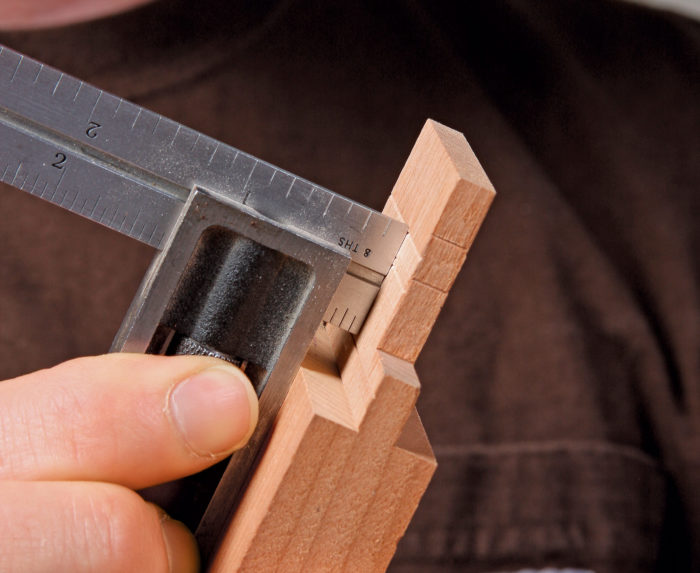
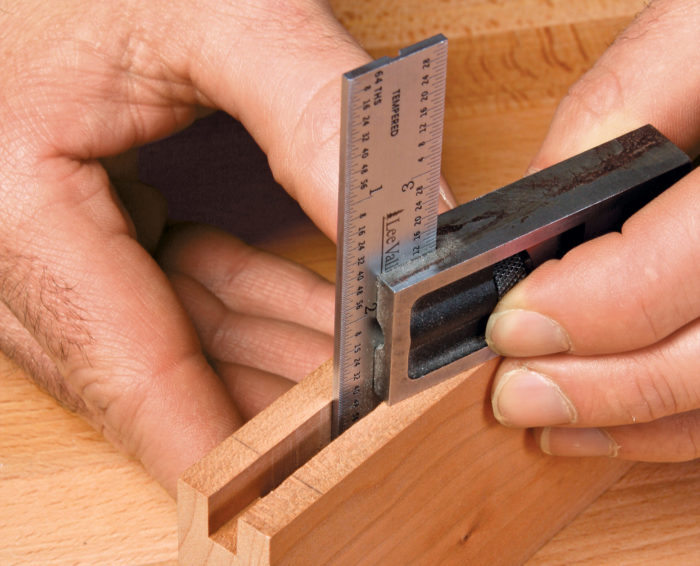
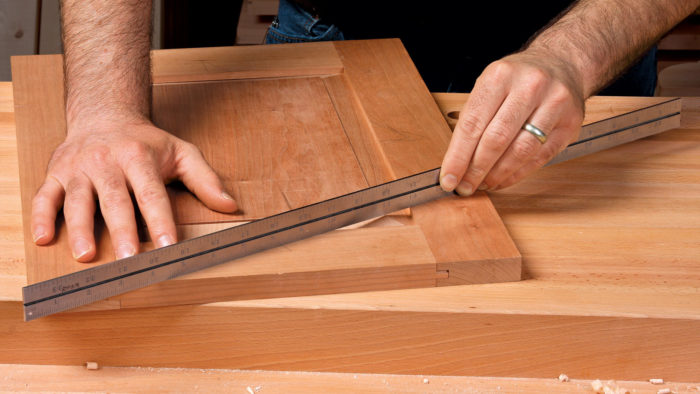
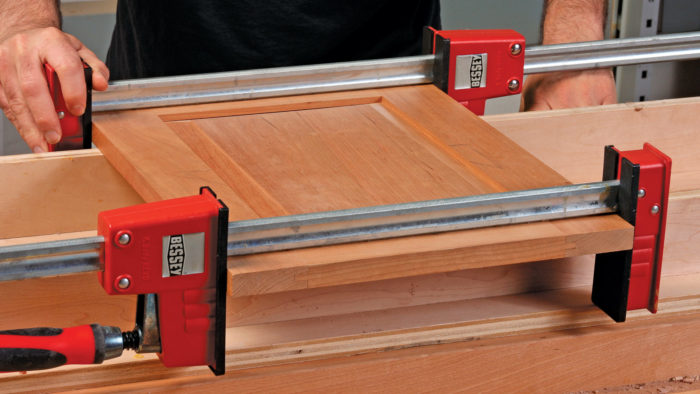


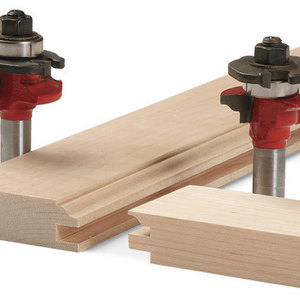



















Log in or create an account to post a comment.
Sign up Log in